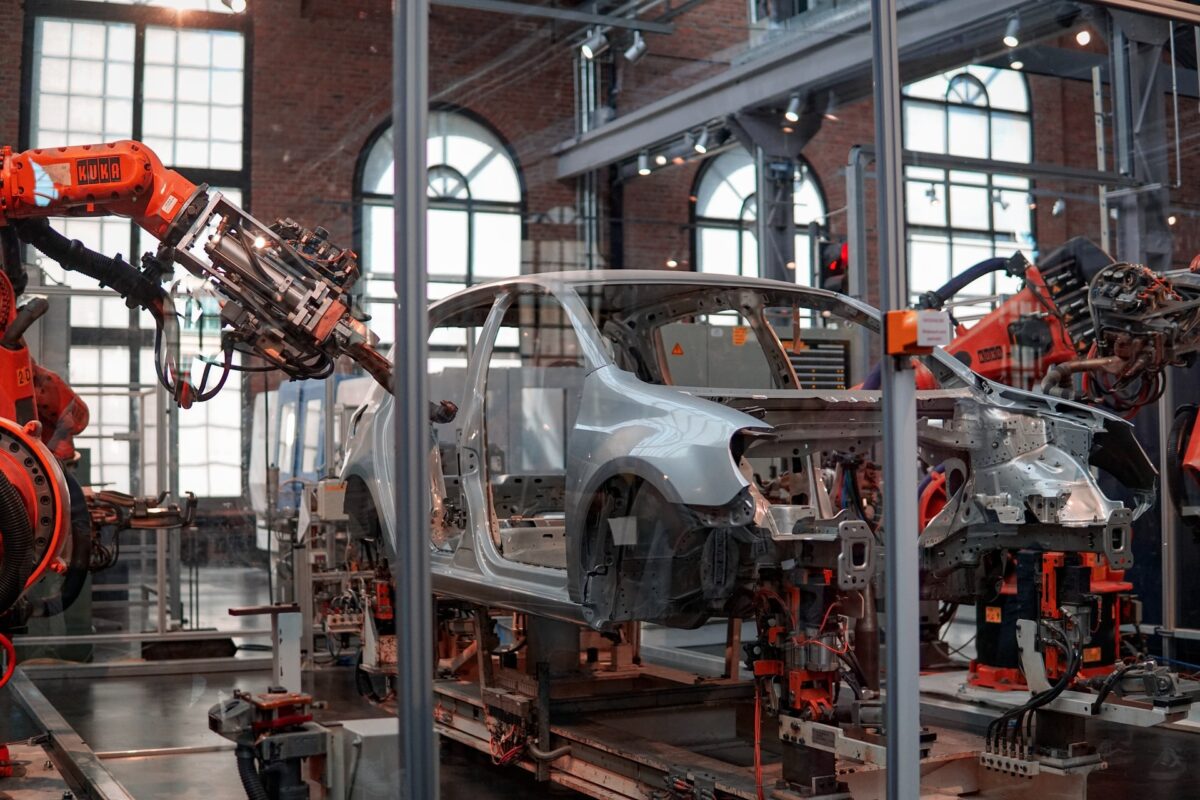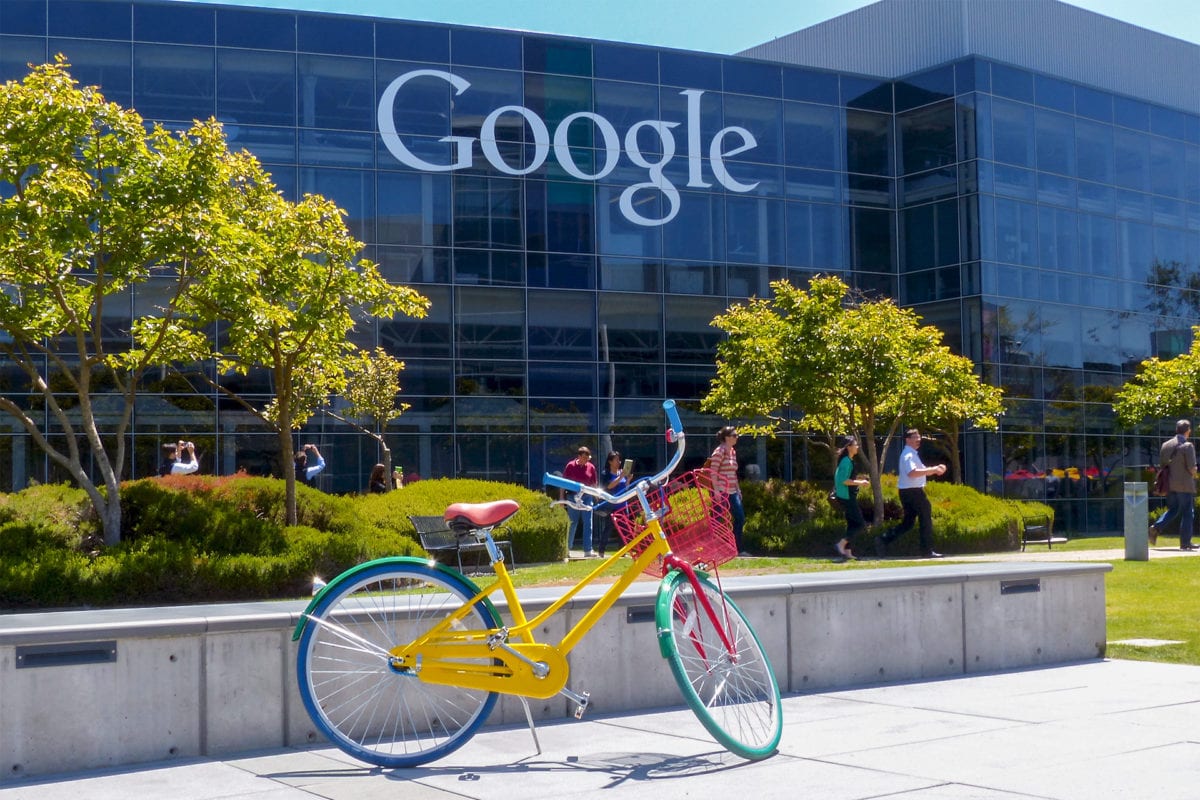What is automation, and how does it impact the economy, jobs, wealth, and inequality?
As technology continues to develop and make its way into the market on all levels, we evaluate the positive and negative effects of automation.
The Omnipresent Matters of Automation
Automation—it’s here; it’s there; it’s everywhere.
From ATMs to home appliances, and from apps on devices to interactive voice response (IVR), the list of how automation has become enmeshed in our daily lives is endless. Nowadays, many simply wonder aloud to their devices: “Hey, do this,” or “Answer that,” and through the magic of technology, have their current need granted.
Each industry utilizes its own type of automation—whether it be fixed, programmable, flexible, or integrated. Regardless, all automated systems consist of three elements:
• The power to operate the system and accomplish the process
• A program of instructions to direct the process
• A control system to execute the instructions/process
Careful What You Wish For: Stark Numbers & Cautionary Tales
Is automation a big, bad, robotic wolf in sheep’s clothing? It depends on one’s perspective.
Since 2006, seven million people in the U.S. alone have lost their jobs due to automation—and the pandemic has only sped up the automation process. The World Economic Forum believes that 85 million jobs will have been lost due to automation by 2025.
The sectors most likely to see a steep increase in automation include:
• Construction
• Food Service
• Manufacturing
• Offi ce Administration
• Retail
By 2030—just a little more than 8 years away—it is suspected that the following jobs will become fully automated:
• Insurance officers
• Manufacturing jobs
• Customer service
• Research and data entry positions
• Production line jobs
• TV advertising jobs
• Fast food jobs
• Delivery services
BMIT economist Daron Acemoglu suggests 1987 was the year that the jobs lost to automation were no longer being replaced by an equal number of similar opportunities in the workplace.
From 1947 to 1987, the average job loss from industries that adopted automation was 17 per cent, with the average amount of new opportunities being 19 per cent. From 1987 to 2016, job loss was about the same (16 per cent), but new opportunities accounted for only 10 per cent.
“It’s not all doom and gloom,” says Acemoglu. “There is nothing that says technology is all bad for workers. It is the choice we make about the direction to develop technology that is critical.”
The Automation Upsides: Wealth & Revenue
There are many advantages to automation—higher production rates, increased productivity, more efficient use of materials, better product quality, improved safety, shorter workweeks for labour, and reduced factory lead times. Automation enables fi rms from around the globe to produce goods at a lower cost. As well, it enables fi rms to reduce the number of workers—which, in turn, limits the power of unions and potentially disruptive strikes. And finally, automation leads to significant economies of scale, which is of tremendous importance to industries that require a high investment of capital.
Best-in-class companies have begun to adopt automation and are reaping the benefits. One such company in the advanced industries uses automation to streamline its bid process. Now, as opposed to having to do everything manually, predesigned proposals are automatically populated with enterprise resource planning (ERP) data. The result? Higher customer satisfaction, a five per cent lift in revenue, an overall cost reduction of 10 to 15 per cent, and a reduced proposal time that has gone down from three weeks to two hours.
There is little doubt that, due to its productivity improvements, technology is a key driver in economic growth; however, due to its skills-based nature, and the fact that its contribution to economic growth varies greatly across countries, technology can also lead to an increase in wealth gap inequality.
The Other Side of the Automation Coin: Inequalities
There are varying types of inequality—racial, income, wealth, social, economic, and more.
Needless to say, the world is a very unequal place, but this is nothing new. Even though acronyms like BLM and BIPOC are becoming far more commonplace, marking an openness to discussions of diversity and inclusion, there’s still a long way to go for equality on all levels of society. This inequality is, of course, also apparent in the world of technology and automation.
It has been suggested that a “code ceiling” exists, which is similar to the “glass ceiling” for women’s advancement in the workplace, but this one prevents career advancement in AI-powered companies because freelancers and junior employees rarely interact with human co-workers.
In a recent Economic Synopses essay, economist Sungki Hong and senior research associate Hannah Shell stated, “Automation increases inequality because it tends to displace the lowest-paid workers.”
Hong and Shell calculated that if an occupation has a 60 per cent chance of automation, then following automation, 60 per cent of the employees would receive one of three labour market outcomes:
• Employed, but having to take a 20 per cent pay cut from their original income
• Employed, but earning minimum wage
• Unemployed, zero income
Final Automated Answer?
For ages, humanity—in consternation and frustration—has grumbled, “Can’t we all just get along?” If history has demonstrated anything, it’s that, more often than not, people cannot. Even the idea of being united against a common enemy seems to have a shelf life. Unity and cooperation are all lovely ideals to strive for, but we seem to keep running up against the same unfortunate roadblocks.
Is automation—that neutral and unbiased arbiter—the answer? Presently, automation makes our lives easier and more efficient. Will future iterations of it possess the ability to rectify the age-old issue of togetherness?
As is often the case, time and technology will tell. One thing is for certain: two heads are always better than one. Even if automation isn’t the entire answer, diversity should never be in question.
People diversify portfolios; it only makes sense to diversify employees as well with both people and automated processes. In both cases, the risk to investment is reduced while maximizing its return.
Peter Campbell | Contributing Writer




















